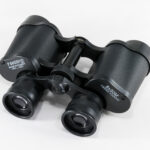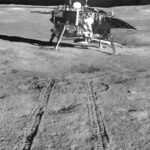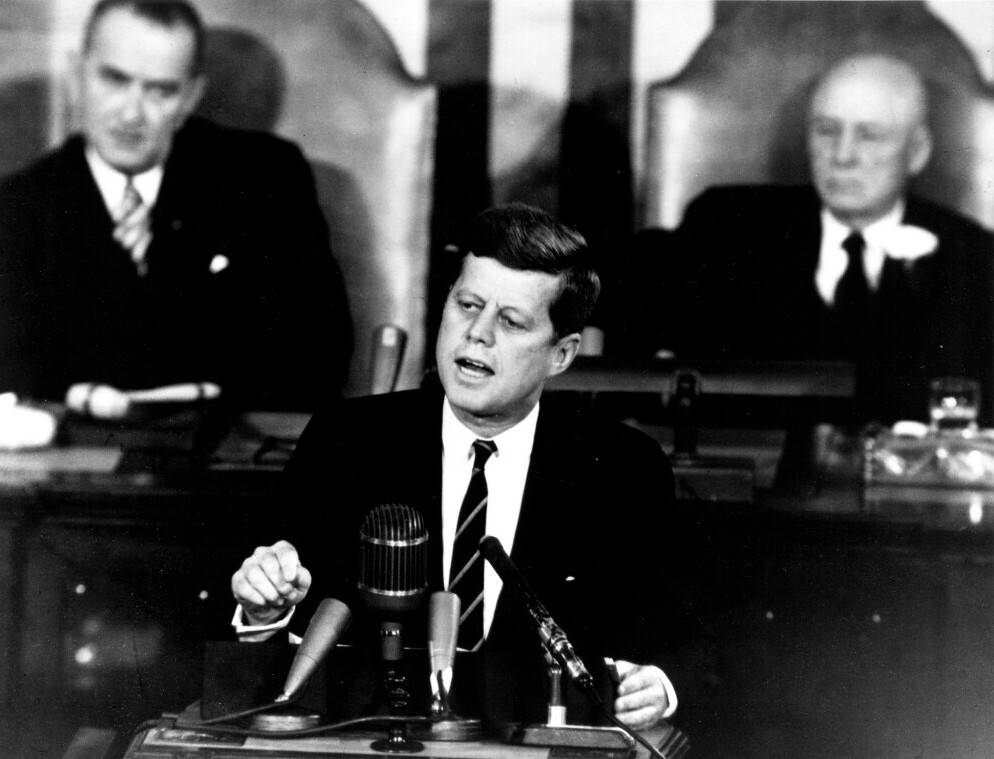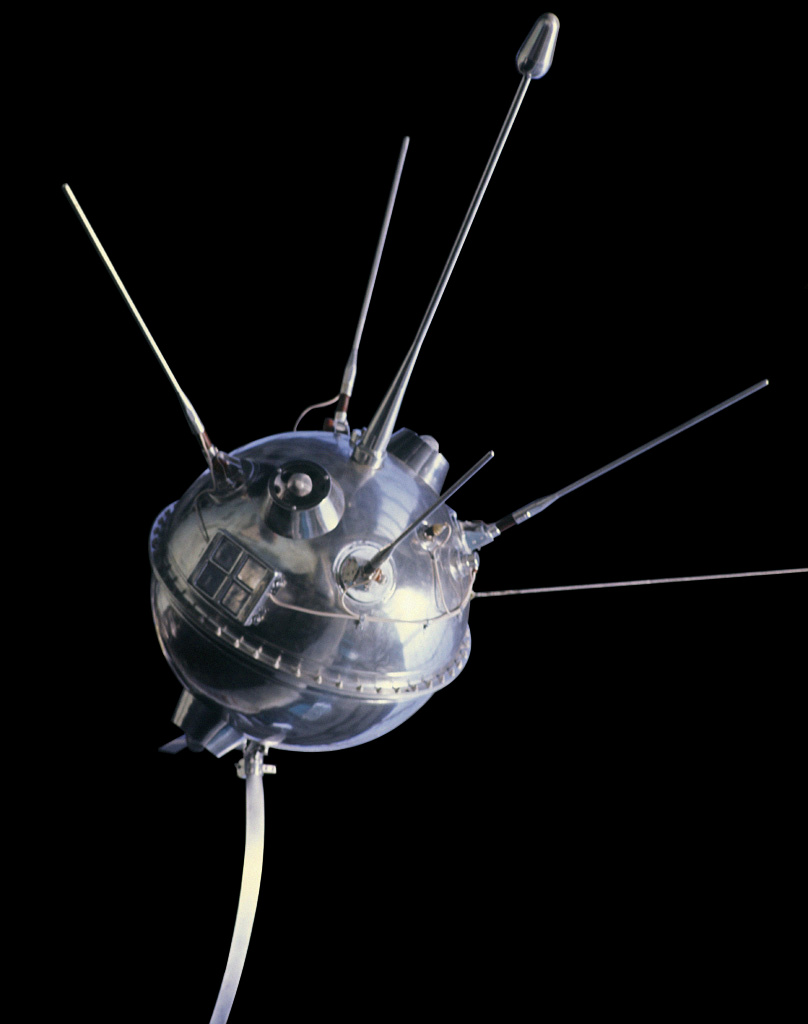Astrology and Astronomy have a very intertwined history. With early peoples using the Zodiac to tell stories and pass down information, for example, when to sow and when to reap. They only started to diverge in the 15th centaury when the Renaissance began. But opening any newspaper or magazine to day and you will find a section on ‘your horoscope’. I must first point out that I’m not a believer in Astrology but I hope this article will show how Astronomy and Astrology have very similar beginnings and I do not mean to offend anyone who is a believer.
Records indicate the Zodiac was initially developed, as we know it, around 600 BC. However, we know that the Babylonians were very into Astrology and most likely laid the foundations for later constellations of the Zodiac. But those used today come mainly from Greek and Roman mythology.
The Zodiac is part of the sky that the Sun, Planets and the Moon keep in their orbits around the Sun. Those that believe in Astrology believe that the movements of the Sun, Moon and planets that move within the Zodiac influences their day to day lives.
What is the Zodiac?
Before we proceed to discuss the Astrology and Astronomy views we first have to know what the Zodiac is and how it fits into our discussion.
As mentioned earlier the Zodiac forms a band around the sky 8 degrees north and south of the Celestial Equator. This is the path that the Sun appears to take over one Earth year. A zero point, or Vernal Equinox, is when the Sun crosses the Celestial Equator in it’s path northwards as seen from the Northern Hemisphere. At this intersection days and nights are of equal length. This time of the year is also called the Spring Equinox. A second Vernal Equinox occurs in September, also called the Autumn Equinox, and marks the Sun’s progress as it moves into Southern Hemisphere. As the year progresses and the Sun appears to climb higher over the Summer months until it reaches its highest point in the sky in June. This time is called the Summer Solstice and it is when the Day is at its longest and we have shorter nights. Some places, like the north pole, have daylight all the time during this period, while the South Pole is in darkness. The reverse is true when the Sun is at it highest point in the Southern Hemisphere. These times are sometimes called the lands of the Midnight Sun. A second Solstice occurs in December and marks the position of the Sun at its lowest point in the sky as seen from the Northern Hemisphere. This is called the Winter Solstice.
Defining a Constellation
We have talked and will mention Constellations. So what is a Constellation? The International Astronomical Union (IAU) defines a Constellation as a region of sky bordered by arcs of Right Ascension and Declination together covering the whole sky. Before 1928 the Constellation boundaries were loose and depended on which astronomer you spoke to. So in 1928 official boundaries were adopted by the IAU.
The Zodiac according to Astrology.
In Astrology the Zodiac is a belt of the sky which to which the Sun, Planets and Moon keep to. This band extends 8 degrees north and south of the Celestial Equator, or is the apparent path of the Sun over the course of the year. This belt is divided in 12 sections of 30 degrees each. A constellation, or Birth Sign, has then been allocated to each group. As new discoveries were made by astronomers, like new Planets, Uranus and Neptune, these were also incorporated into Astrology. But one discovery, Pluto, was also incorporated into Astrology. But Pluto was down graded to a Dwarf Planet in 2006 by the International Astronomical Union. Astrology continues to treat Pluto as a planet.
The Zodiac according to Astronomy
In the Astronomical Zodiac things are very similar to the Astrological Zodiac at its beginnings. Leading Philosophers of the time tried to describe the Universe but lacked any real information. But only seeing the Sun, Planets and the Moon moving through the Zodiac were they able to make sense of it. This led to Ptolemy to propose that the Earth was the centre of the Universe and all the other celestial objects circled the Earth in what he called ‘Spheres’. The Catholic Church promoted this belief as it showed that the the Universe was ‘mathematically pure’.
This state of affairs continued until the 15th and the beginning of the Renaissance Period when Scientists started to query this assumption. These Renaissance astronomers started to view the sky and measure the stars and planets positions more accurately with new and more accurate scientific instruments. It was at this point that Astronomy and Astrology parted ways.
From these early measurements astronomer were able to predict the position of the Moon and Planets to any future date.
When the boundaries were officially adopted in 1928 astronomers used the constellation boundaries to mark when the Sun, Moon and Planets entered or left the constellation. Because of this astronomers identified a 13th constellation that the Sun entered into. This constellation was called Ophiuchus. Also, the boundaries of the constellations were bigger. So the Sun, Moon and Planets would stay in them longer, or if they only skirted the constellation, would stay in them for a shorter time than in the Astrological Calendar. This led to time differences throughout the year and if you check your Astrological birth sign and the sign the Sun was in at the time of your birth you could find them different by as much as a month.
So What For The Future?
Astrologers say than can predict the future many years ahead, for example Nostradamus, but these can be interpreted way ways, even from generation to generation.
Astronomy is a learning curve. We see the Universe and try to understand it. Whether we will understand all its complexities in the future that is something others can discuss. I’m all for the Astronomical view of the Universe. It’s spectacular views, nebula, galaxies and planets, all have their beauty.
I will always be astronomer and astrophotographer and consider astrology as another science(?) completely.






